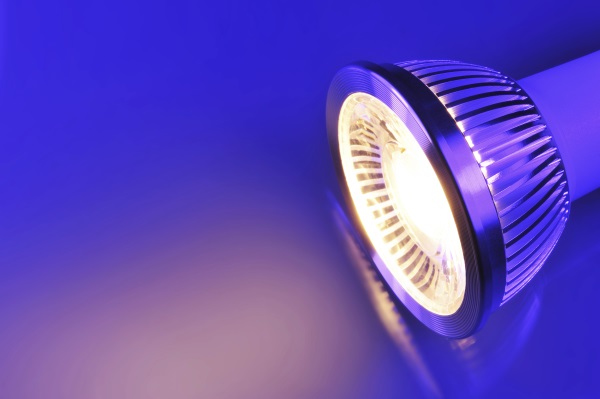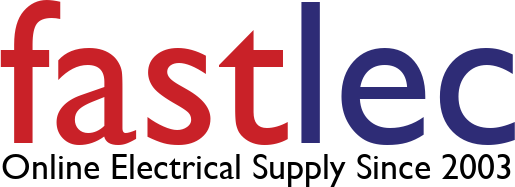Fastlec uses cookies to ensure that we give you the best experience on our website. If you continue we assume that you consent to receive all cookies on the Fastlec website. Read More.
Blog
All of the latest news and insights into the electrical world, from Fastlec.

LEDs have always been a popular choice for lighting due to a variety of different reasons. This being said, many customers are forced to opt for cheaper options as LEDs have traditionally been one of the more expensive types lighting. This is all changing. LEDs are dropping in price and therefore more customers are choosing to purchase them over other light types. This is good news for consumers as light emitting diodes offer a wealth of benefits, including smart functionality, exceptional energy efficiency, compact design and cooler running. The following are just some of the more unique and unusual ways in which you can use LED lights.
Smart Bulbs
Thanks to their unique design, LED bulbs can be fitted with microchips which transform them into smart bulbs. You can use these bulbs in lamps or overhead lights and connect them with your smartphone via Wi-Fi or Bluetooth. Once connected you can then control these lights using your phone as a remote. Just some of the options you have with LED smart bulbs include changing the light intensity, colour, dimming and timer functions, as well as many more. These lights tend to be more expensive to buy outright when compared with standard incandescent and fluorescent lights but they do work out cheaper in the long run with lower energy costs and a longer lifespan.
Strip Lights
LED strip lights offer a convenient and cheap alternative for decorative lighting within the home or workplace. The strips themselves contain hundreds of small LED bulbs and can be stuck in any location for a quick and effective transformation. Waterproof strips are also available, meaning they can even be used in the kitchen and bathroom. A common trend when utilising LED strip lighting is to place the strips underneath counters or units for a modern and soft glow. It should be pointed out that strip lighting can be controlled via remote, so users can choose from a range of different colours and options for flashing.
Medical
LED lights are utilised within the medical profession for a variety of different applications. For example, within hospitals and dental practices, these types of lights are utilised for examination and surgical procedures. Also, due to its ability to mimic sunlight, LEDs are also used within treatments for pain and insomnia. There are many benefits to utilising Light Emitting Diodes within medical environments, these include lower energy costs, improved light quality and safer operation when compared with mercury containing CFL bulbs.
Contact Lenses
One of the more unusual and futuristic uses for LEDs is the idea of augmented reality contact lenses. Just like the way Google Glass allows you to view a computer screen directly in front of your eyes, smart contact lenses could do exactly the same but without any external hardware. This means you could search the internet, read emails or even watch videos, using only your contact lenses. This is made possible thanks to tiny computer chips and LEDs embedded within the lens itself. Although such devices havenâ??t become a reality yet, the foundations are definitely there and they could soon be the next big thing.
Decorative
Another application for LEDs which seems like its straight from science fiction is wallpaper. One day in the future when the technology is there, it could be possible to transform your wallpaper into one giant computer screen. Embedded with small LEDs and microchips, your walls could change colour and pattern at the flick of a button. As well as decorative applications, you could also utilise your living room wall as a huge TV, allowing you to watch movies, video call your relatives or even play games.

